Electric cars store energy in batteries. Electricity can be stored in batteries and then used to turn the wheels of an electric car. If the electricity is made from wind turbines, it is green, if it is made at a coal power plant, then it is not.

Nonrenewable energy sources, like coal, oil, and natural gas, cannot be easily replenished. A renewable energy source can be more easily replenished. Common examples of renewable energy include wind, sunlight, moving water, and Earth’s heat.
To better understand renewable vs. nonrenewable energy….
LET’S BREAK IT DOWN!
Fossil fuels are sources of energy made from prehistoric plants and animals.
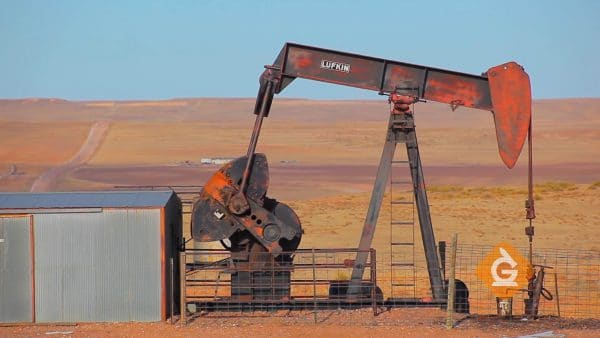
Our main sources of energy today are fossil fuels. They formed millions of years ago from dead plants and animals. Their remains became covered in mud and rock deep in the earth. The pressure from the ground above, combined with the Earth’s heat, converted this matter into substances that can be pumped out of the Earth by humans to be used as energy today.
There are three main types of fossil fuels: coal, oil, and natural gas.
Coal is a solid material that is burned to create heat in homes, or used in power plants to produce electricity.
Oil is a liquid fossil fuel, used to produce gasoline.
Natural gas can be used for cooking, heating, or generating electricity.
Fossil fuels are our primary source of fuel because they are relatively inexpensive, and historically they have been readily available. It is possible that we could run out of fossil fuels in the future so it is a good idea to think about alternatives.
Nonrenewable energy comes from sources that could eventually run out.

All fossil fuels are nonrenewable resources. It took millions of years to form fossil fuels and we are currently using it up faster than it is being made.
Another challenge to using nonrenewable energy sources is that they can cause pollution. Burning fossil fuels releases chemicals into the air and water. Reducing our dependence on fossil fuels is important, so governments are working hard to encourage scientists and industries to find new sources of energy and to improve alternatives.
Renewable energy comes from sources that can be more easily replenished.
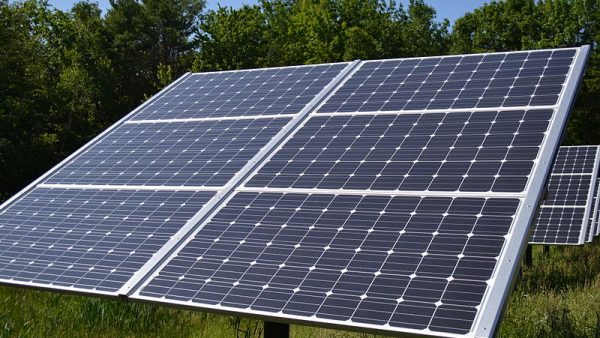
Renewable energy comes from natural resources that can be more easily replenished. Sunlight, which we will never run out of, is also a renewable source of energy.
Other sources of renewable energy include wind, water, sunlight, and geothermal energy. These sources cause little to no pollution and will last thousands, or maybe even millions, of years.
EXAMPLES OF RENEWABLE VS. NONRENEWABLE ENERGY
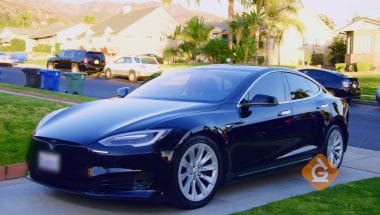
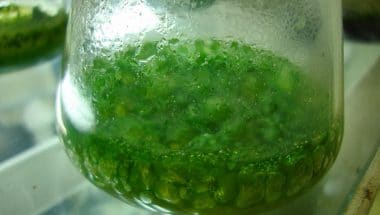
Algae can be used to make biodiesel. This aquatic organism is similar to plants and grows quickly, producing high-energy oils that can be burned as fuel. It’s renewable because it can be grown again and again.
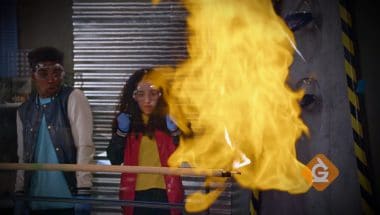
Ethanol is another type of renewable fuel. Ethanol is a type of alcohol made from corn. It is very flammable and can be used as a fuel in an engine. Since corn can be grown and converted into ethanol relatively quickly (months), it is a renewable fuel.
RENEWABLE VS. NONRENEWABLE ENERGY VOCABULARY
RENEWABLE VS. NONRENEWABLE ENERGY DISCUSSION QUESTIONS
Do different types of fuels create different types of energy?
Are energy sources unlimited?
Why are renewable energy sources important for Earth’s future?
What are some impacts of our energy use?
Do renewable energy sources have little or no impact, compared to non-renewable sources?
Skip, I will use a 3 day free trial
Enjoy your free 30 days trial
We use cookies to make your experience with this site better. By using this site you agree to our use of cookies. Click "Decline" to delete and block any non-essential cookies for this site on this specific property, device, and browser. Please read our privacy policy for more information on the cookies we use.Learn More
We use cookies to improve your experience. By using this site, you agree to our use of cookies. Click "Decline" to block non-essential cookies. See our privacy policy for details.Learn More






